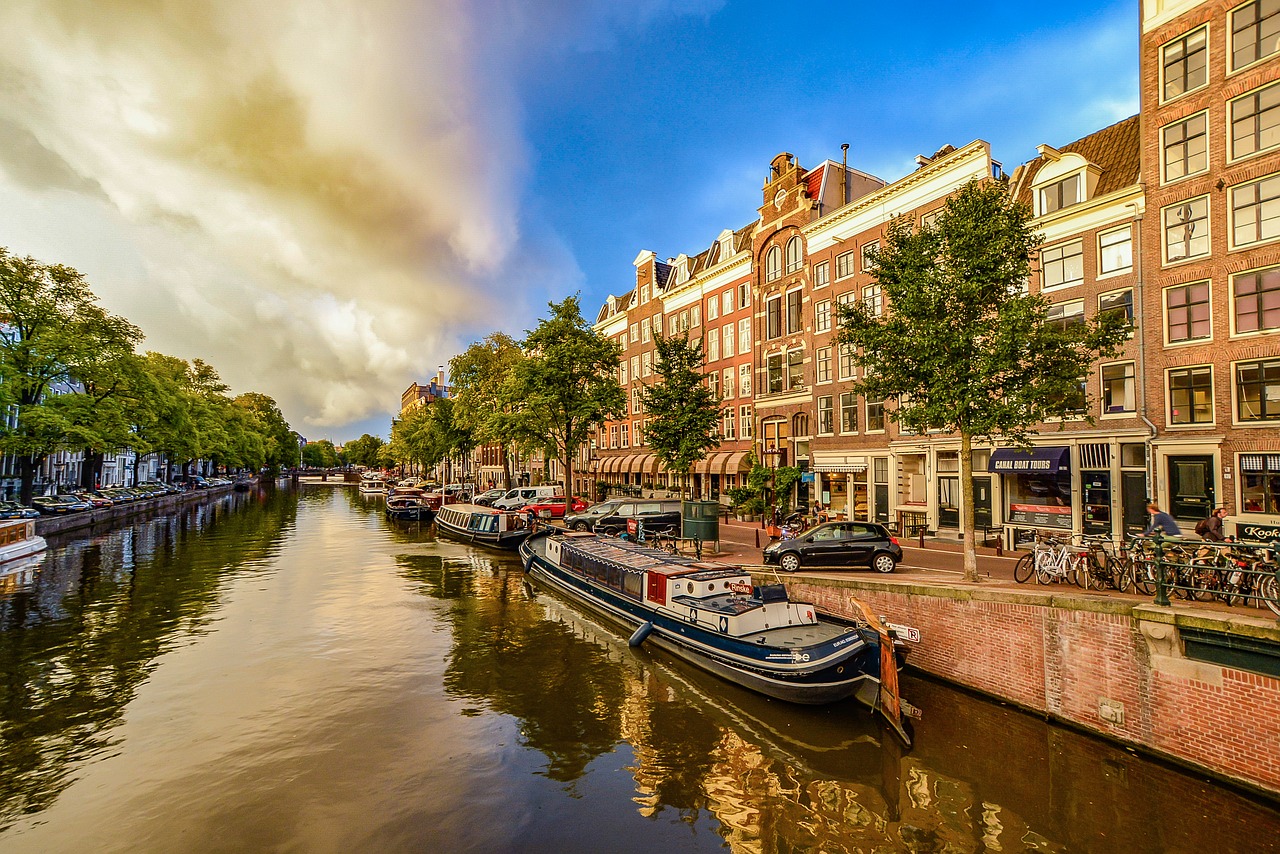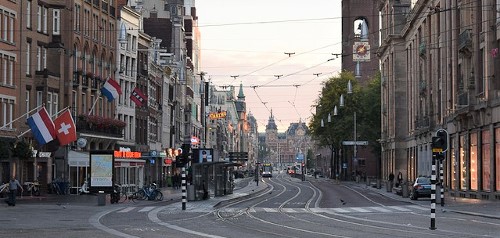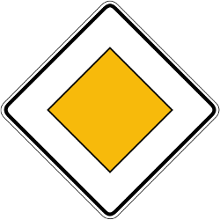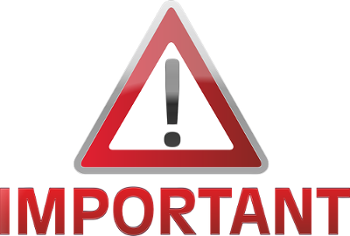Top Tips for Driving in Netherlands | Go Rentals Blog | UK
Welcome to the 3rd and final part of the 2017 Guide to Driving in Europe. And in this post, we’re all about giving you tips on driving in The Netherlands. O, and if you haven’t yet seen our 2nd European driving post, then you can read the tips on driving in Belgium here.
Ok, just before we kick off and get into the meat, there’s probably a burning question on your mind that you want to have answered – and that question is…
“What is the difference between Holland and The Netherlands?”
Well, that’s a great question!
In short, the answer is that The Netherlands consists of 12 provinces;
- Groningen
- Drenthe
- Overijssel
- Gelderland
- Limburg
- Brabant
- Zeeland
- Friesland
- Flevoland
- Utrecht, and here's the confusion:
- Noord (North) Holland and
- Zuid (South) Holland
And as you can see, Holland is only 2 of those provinces – and that certainly isn’t the whole country! However, the Hollands are the most populated and contain the most well-known cities like Amsterdam, which explains a lot of how and why the terms have become synonymous, albeit incorrectly so.
But there is also one other thing you’ve probably noticed too, and that’s the province of Zeeland sounds like New Zealand.
The simple reason for that is because it was the Dutch, a lot of whom came from the province of Zeeland, who sailed to that part of the world and named it after their place of origin, in the same way many parts of the USA are named after towns and cities in England.
Ok – there it is. Interesting stuff for sure.
History lesson over!
|
|
Despite the fact The Netherlands is the land of bikes, don’t forget people drive there too, and so you need to know the rules of the road.
What you need to have and are advised to have when driving in The Netherlands
To legally drive or ride a motorbike in The Netherlands, you must be at least 18 years old.
In terms of documentation and what items you either must have on or in your vehicle;
- A full and valid UK license
- A GB sticker on the car rear if your number plate isn’t a Euro-plate that carries the starred Euro flag
- Vehicle insurance documentation
- No less than 3rd party cover - V5 documents for ownership, or relevant vehicle hire proof paperwork
- And headlamp deflectors stickers (the same as in Belgium)
- Carrying the following are very strongly advised;
- Warning triangle
- Fire extinguisher
Recommended additional items to carry:
- We suggest looking into getting a Camping Card International, which will provide you with another form of ID, give you third party liability insurance, as well as some valuable camping and tourist attraction discounts
- The very useful Green Card, that acts as a backup your vehicle insurance documents and shows you have at least the minimum amount of legal cover in place (ask your insurers for more information)
Driving on Roads in The Netherlands
|
|
Wearing your seatbelt:
Rules and regulations are pretty standard here too;
- If your vehicle contains seatbelts, they must be worn
- You are legally allowed to travel in the front of a vehicle that has no seatbelts only if the passenger is over 1.35m (4ft 5 inches) tall
- If there are no belts present in the back, the minimum travel age is 3 years and over
- When children are travelling;
- Children who are 17 years and under and less than 1.35m, can only travel in an appropriate child restraint that meets ECE 44/03 or 44/04 standards
- All children under 3 years of age, can only travel with a proper seat/restraint
- If your child is travelling in the front seat in a rear facing baby seat, the front passenger side airbag must be disabled
For riders of motorbikes that have top speeds in excess of 25kph and drivers/passengers of open micro-cars without seatbelts, you must wear a crash helmet.
Speed limits:
- Within built-up areas, the limit is 31 mph (50 kph)
- Outside of built-up areas;
- 49mph (80 kph), or
- 62 mph (100 kph) - On motorways, limits are 10 mph more than in the UK – 80mph (130 kph), with a minimum speed of motorways 37 mph (60 kph)
- Be aware that some speed limits on motorways can vary, so keep an eye on the limit signs to ensure you’re in compliance
Priority for road drivers:
Here are the key summaries of priorities to be aware of;
|
|
- At roundabouts, some will afford you right of way when you're on the roundabout, whereas on others, you will have right of way as you come onto it
- Because of the heavy cycling culture of the Dutch, bicycles and mopeds have right of way over cars
- When you see a yellow and white diamond-shaped sign at junctions, you will have right of way
- When you see a row of white triangular signs on the road, this indicates that you have to give way
- If ever you see a solid white line, these are not to be crossed even if you're turning off a road
- You must give way to buses leaving bus stops in built-up areas
- You must give way to trams unless traffic lights indicate otherwise
Drink driving:
There are 2 alcohol limits to be aware of in The Netherlands;
- The legal limit is 50 mg of alcohol per 100 mls of blood, but
- For new drivers for the first 5 years of driving, and moped riders under 24, a lower limit of only 20mg operates
Driving fines:
The Dutch are known for being straight and no nonsense. So here are the main fines you can expect to receive if you break the law…
|
|
- Imprisonment, a fine, loss of license, and potential vehicle confiscation for more severe drink driving infringements
- On-the-spot fines and/or vehicle tows can be given for some parking offences
- Radar detectors are illegal and carry a €430 fine and confiscation if you’re caught with one
- Using your horn at night, unless in absolute emergencies, carries a severe penalty
- Flash your lights as an alternative
- Likewise, daytime use of horns should be done in moderation and when necessary
Right folks – that’s the last instalment of this particular guide!
We hope you’ve found the information really helpful and that you’ll share it with your peers, along with the other 2 guides we wrote previously.
Ok - speak soon.
Please feel free to share this post with others.




